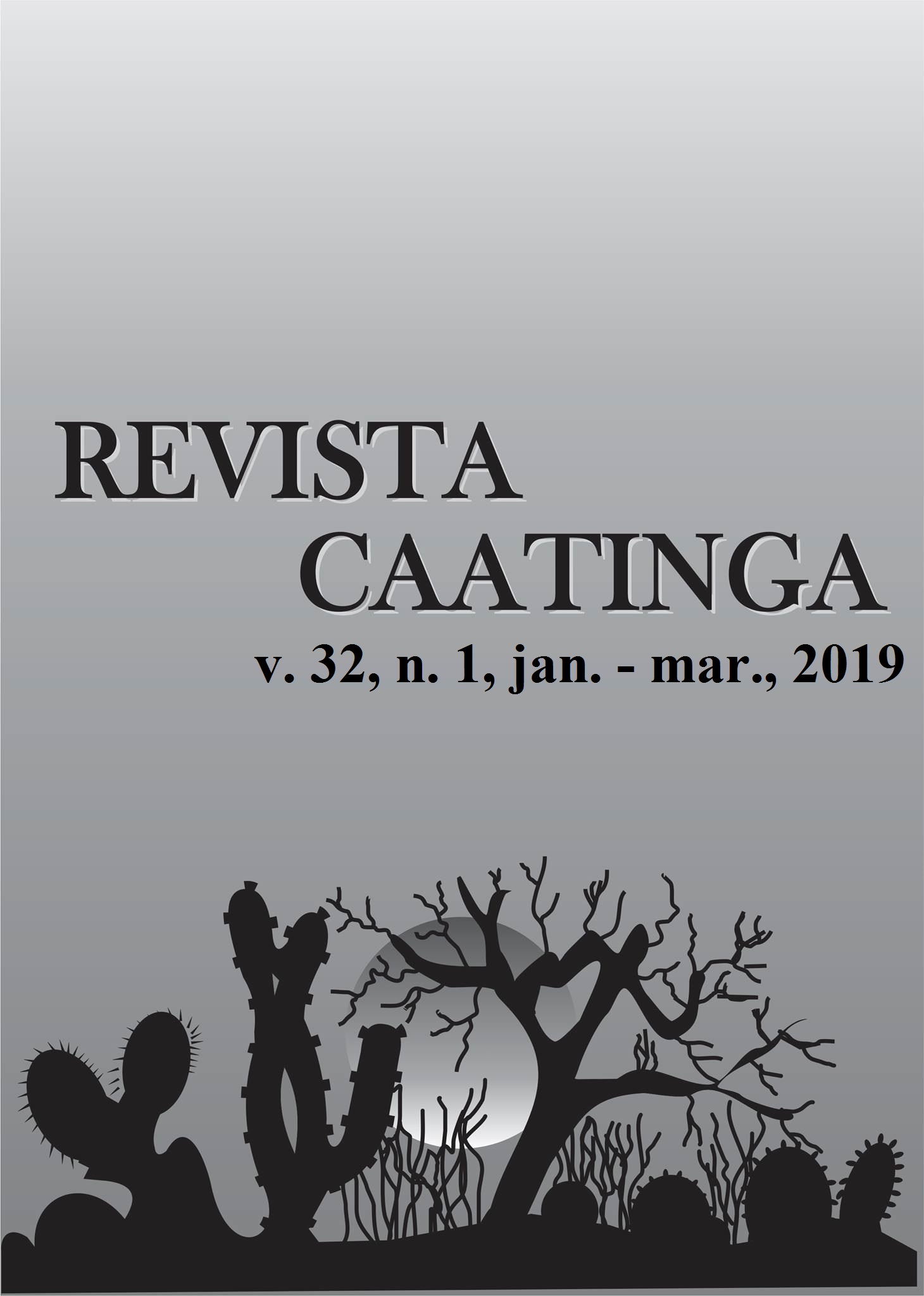ECONOMIC EVALUATION OF LETTUCE FERTILIZED WITH BIOMASS OF Calotropis procera IN TWO GROWING SEASONS
DOI:
https://doi.org/10.1590/1983-21252019v32n104rcKeywords:
Lactuca sativa L. Rooster tree. Organic farming. Profitability.Abstract
Vegetable production is an impactful activity, characterized by intensive land use, high input demand, and it requires strategic management adoption, especially in sustainable production systems, where the pillars of sustainability (environmental, social and economic) must be respected. In this sense, the objective of this work was to evaluate economic indicators of lettuce production using Caatinga spontaneous species (Calotropis procera: rooster tree) as fertilizer and cultivated in two seasons (spring and fall–winter) in the municipality of Serra Talhada, PE. The experimental design was in randomized blocks, arranged in a 4 x 4 factorial scheme, with three replications. The first factor was the biomass amounts of green manure (5.4, 8.8, 12.2 and 15.6 t ha-1 on a dry basis); and the second was their incorporation times in the soil (0, 10, 20 and 30 days before lettuce transplanting). The green mass yield, production costs, rate of return, and net profit margin were determined. The amount 15.6 t ha-1 of C. procera allowed higher profitability to the organic production of lettuce, and it is considered ideal to incorporate the green manure 11 (spring) and 15 (fall–winter) days before transplanting the vegetable. The spring crop promoted a superior economic return to the fall–winter planting, demonstrating economic viability even in the smallest amount of C. procera.
Downloads
Downloads
Published
Issue
Section
License
Os Autores que publicam na Revista Caatinga concordam com os seguintes termos:
a) Os Autores mantêm os direitos autorais e concedem à revista o direito de primeira publicação, com o trabalho simultaneamente licenciado sob a Licença Creative Commons do tipo atribuição CC-BY, para todo o conteúdo do periódico, exceto onde estiver identificado, que permite o compartilhamento do trabalho com reconhecimento da autoria e publicação inicial nesta revista, sem fins comerciais.
b) Os Autores têm autorização para distribuição não-exclusiva da versão do trabalho publicada nesta revista (ex.: publicar em repositório institucional ou como capítulo de livro), com reconhecimento de autoria e publicação inicial nesta revista.
c) Os Autores têm permissão e são estimulados a publicar e distribuir seu trabalho online (ex.: em repositórios institucionais ou na sua página pessoal) a qualquer ponto antes ou durante o processo editorial, já que isso pode gerar alterações produtivas, bem como aumentar o impacto e a citação do trabalho publicado (Veja O Efeito do Acesso Livre).







